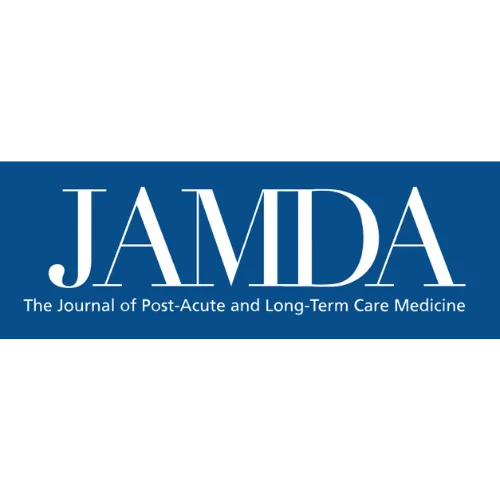PBJ research report and related news:

Association Between Long-Term Care Facility Staffing Levels and Antipsychotic Use in US Long-Term Care Facilitie
This study sought to examine the association between staffing and antipsychotic prescribing in LTC facilities.
These findings provide support for policy-based interventions to decrease antipsychotic use in LTC facilities by improving staffing skill mix and staffing levels. The results may also inform nursing staff education and training on antipsychotic prescribing practices
Chappell, Victoria, et al. “Association Between Long-Term Care Facility Staffing Levels and Antipsychotic Use in US Long-Term Care Facilities.” Journal of the American Medical Directors Association, 2022. Crossref, www.jamda.com/article/S1525-8610(22)00501-1/fulltext.

Antipsychotic Use in US LTC Facilities Connected With Staffing Levels
With prior evidence suggesting staffing levels in long-term care (LTC) facilities may impact rates of inappropriate antipsychotic use, researchers examined the connection between antipsychotic prescribing and staffing in LTC facilities.
Data on US LTC facilities between 2016 and 2018 was extracted from the Nursing Home Compare and LTCFocus datasets, which also contained information from the Minimum Data Set database on facility characteristics and staffing measures from the Payroll-Based Journal system.
Of the 10,436 facilities included, the mean staff level was 3.69 (SD = 0.67) staffing hours per patient per day. The mean antipsychotic use rate across all facilities was 15.24% (SD = 8.62%).
Researchers reported a 0.75% decrease in inappropriate antipsychotic prescribing per unit increase in overall staff-to-patient ratio.
Matthews, Samantha . “Antipsychotic Use in US LTC Facilities Connected With Staffing Levels.” Annals of Long-Term Care, 3 Aug 2022, www.hmpgloballearningnetwork.com/site/altc/news/antipsychotic-use-us-ltc-facilities-connected-staffing-levels.

Antipsychotics use falls when LTC nurse staffing hours rise: study
Higher staffing levels in long-term care facilities are linked with lower rates of antipsychotic prescribing, finds a new study representing data from most U.S. nursing homes.
Investigators examined records across more than 10,400 facilities including staffing levels and the frequency of inappropriate antipsychotic prescribing between 2016 and 2018. Data came from the federal Nursing Home Compare and Brown University’s LTCFocus datasets.
Facilities overall had a 15.24% rate of antipsychotic use, with a significant association between how well they were staffed and level of inappropriate prescribing, reported Dallas P. Seitz, MD, PhD, of Queen’s University and Calgary University in Canada.
Lasek, Alicia. “Antipsychotics Use Falls When LTC Nurse Staffing Hours Rise: Study.” McKnight’s Long-Term Care News, 5 Aug. 2022, www.mcknights.com/news/clinical-news/antipsychotics-use-falls-when-ltc-nurse-staffing-hours-rise-study.


